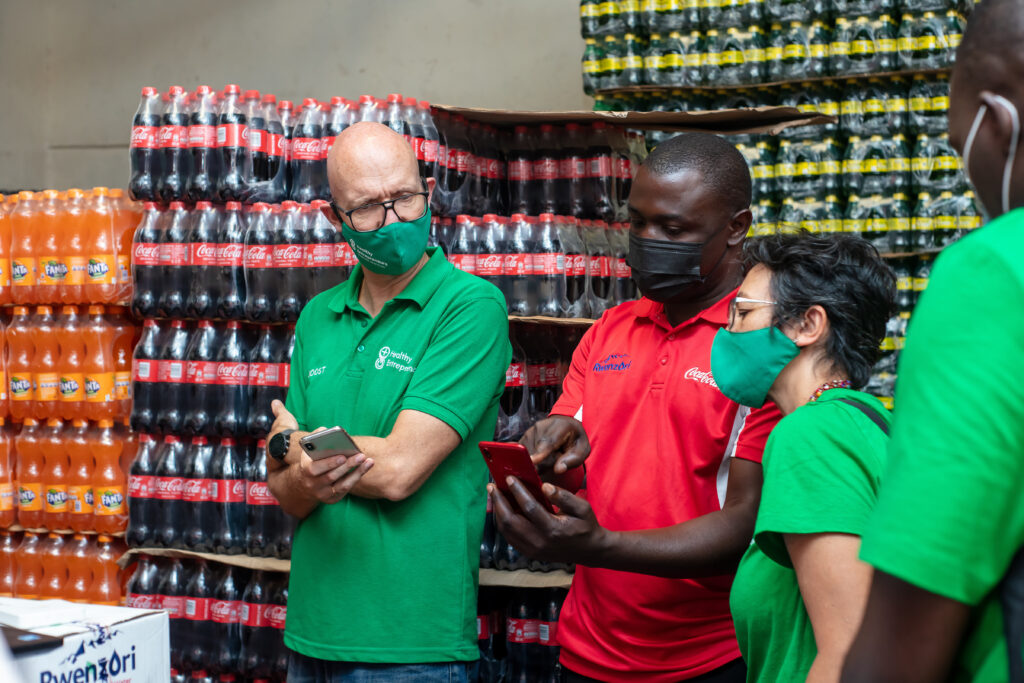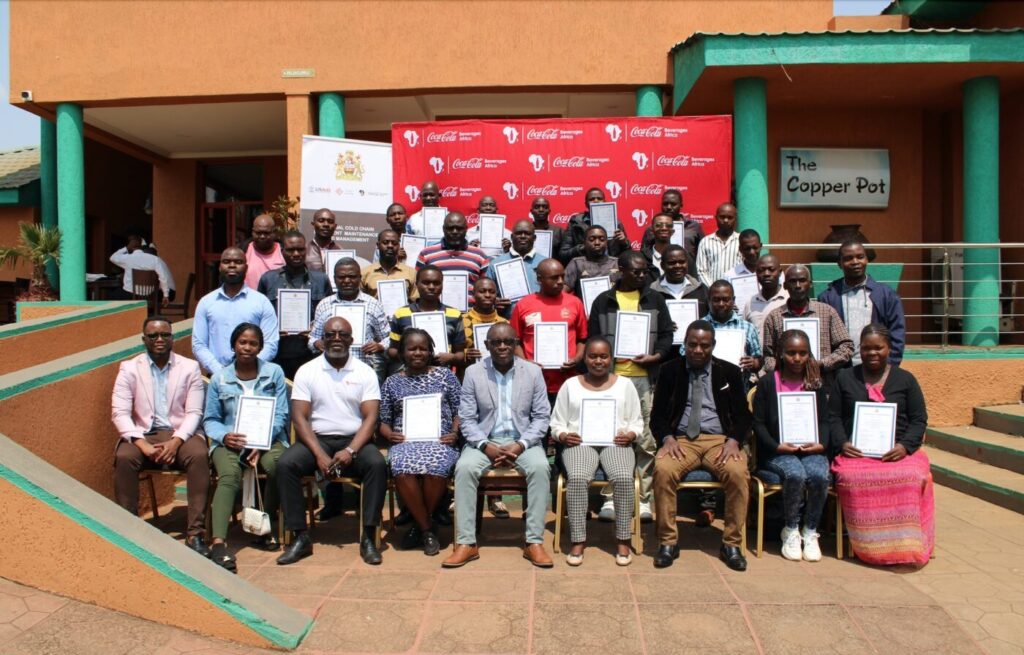Project Last Mile is working with South Africa’s National Department of Health (NDoH) to test influencer-led approaches, which have proven to reach and motivate targeted segments with low vaccine uptake.
Background
Since August 2021, Project Last Mile has worked with the NDoH in South Africa to improve uptake of COVID-19 vaccines.
Methods
As the COVID-19 vaccine roll-out in South Africa progressed and restrictions relaxed, there was increased complacency and a reduced sense of risk around COVID-19, slowing vaccine uptake rates.
Project Last Mile worked with NDoH to pivot from a mass media and awareness strategy in the early stages of the COVID-19 vaccine roll-out to more targeted approaches leveraging a range of influencers to encourage social norms with specific segments that have lower uptake.
These targeted approaches included engaging with Radio DJs and micro- and nano-influencers on social media and collaborating with faith-based organizations to co-create messaging from trusted, engaging influencers.
Lessons learned
Through partnering with the NDoH to develop and deliver a COVID-19 vaccination communications strategy in South Africa, Project Last Mile identified the following critical steps to evolve risk communications from mass information and awareness raising at the start of a vaccine roll-out to targeted campaigns speaking to specific segments through influencers. The process included:
- Putting the end-user at the center of the strategy through a deep understanding of attitudinal and behavioral population segments.
- Agreeing on clear and focused campaign goals with all stakeholders –the target audience, messaging, and messenger/ channel strategy will flow directly from this.
- Leveraging social networks and social norms, invest in key influencers to
co-create content and build their capacity to engage with their followers.
Rigorous behavioral segmentation of the South African population was a key foundation for evolving the COVID-19 RCCE strategy in South Africa
Targeted, influencer-led interventions included:
- TikTok and radio DJ influencers: identified trusted radio DJs and local content creators to generate engaging TikTok content and radio shows on vaccines to reach youth and parents.
- Nano- and micro-influencers: identified trusted, everyday people with strong social networks to share campaign messages on various social media channels.
- Community influencers: worked with faith-based organizations to build trust in communities.

Using digital channels
How the world communicates continues to evolve rapidly in our increasingly interconnected and mediated world. In this context, informed and engaged participation in social and behavioral change, and public discourse more broadly is especially relevant.
Social media generally makes it easier to access diverse sources of information and connect with others. Still, it can spread misinformation and enable close-minded echo chambers and discriminatory communities. COVID-19 has amplified these issues as we’ve witnessed the power of digital media to disseminate and amplify disinformation, misinformation and rumors.
Digital media has implications for SBCC, both positive and negative
Questions include:
- How do we understand and engage with evolving digital innovations
- How can we identify mechanisms to leverage and enhance democratization through increased connectivity?
- What are the opportunities (and pitfalls) to leverage social media and digital technologies for social connection and collaboration?
- How can we strengthen social listening as a process and skill to help inform RCCE strategy and messaging, and assess the behavior and attitude change from various campaigns?
- How can we use digital media metrics to understand the impact of RCCE campaigns better?
Other topics to be considered are the influence and role of digital media on both large and small scales, new digital technologies in the SBCC field, digital democratization, equity and social justice.
Results
Project Last Mile and NDoH reached more than 15m people through digital influencer campaigns targeting young people and their parents, and over 1,100 congregants of 6 faith-based organizations in two sub-districts of the Western Cape province, South Africa.

From the faith-based campaign, of the 906 vaccinations that occurred over a five-week period, which was +306 above target across the area), 672 of the attendees of the wellness days took up the vaccine – a 56% conversion rate. Additionally, 85% of congregant members indicated that the sermons shifted their thinking around COVID-19 vaccinations and their wellness, suggesting religious leaders were effective messengers to motivate perception shifts on COVID-19 vaccinations.
From the micro-nano influence campaign, over 8 weeks, there was a 21% uplift in positive sentiment and a 40% decrease in negative sentiment around COVID-19 vaccines. From the TikTok influencers, 99% of the engagement was either likes or shares (an indication of positive sentiment), and only 1% were comments, which in this case were mostly negative.
Discussion
As the COVID-19 pandemic evolves, continued efforts may be needed to reach populations not yet vaccinated to drive the national target of 70% vaccinated and promote booster shots.
Additionally, as early adopters action the guidance from mass media awareness campaigns, there is a need to better understand what channels and which influencers ‘late adopters’ trust. Depending on the target audience, the channels and influencers will vary, so understanding the end-user and their attitudes and behaviors is vital in identifying the trusted influencer, channel and message.
The campaign’s impact will be rigorously monitored as the pandemic and vaccine situation evolves to assess how observed early gains are sustained and scaled, and, further, understand the impact of different channels and influencers in vaccine uptake.
The results of the 2022 ‘SA Nudge Study’ can be found here.
This initiative is funded and supported by USAID. The content and information provided on this website are the responsibility of Project Last Mile and are not official United States government information and do not necessarily represent the views or positions of USAID or the United States Government.






